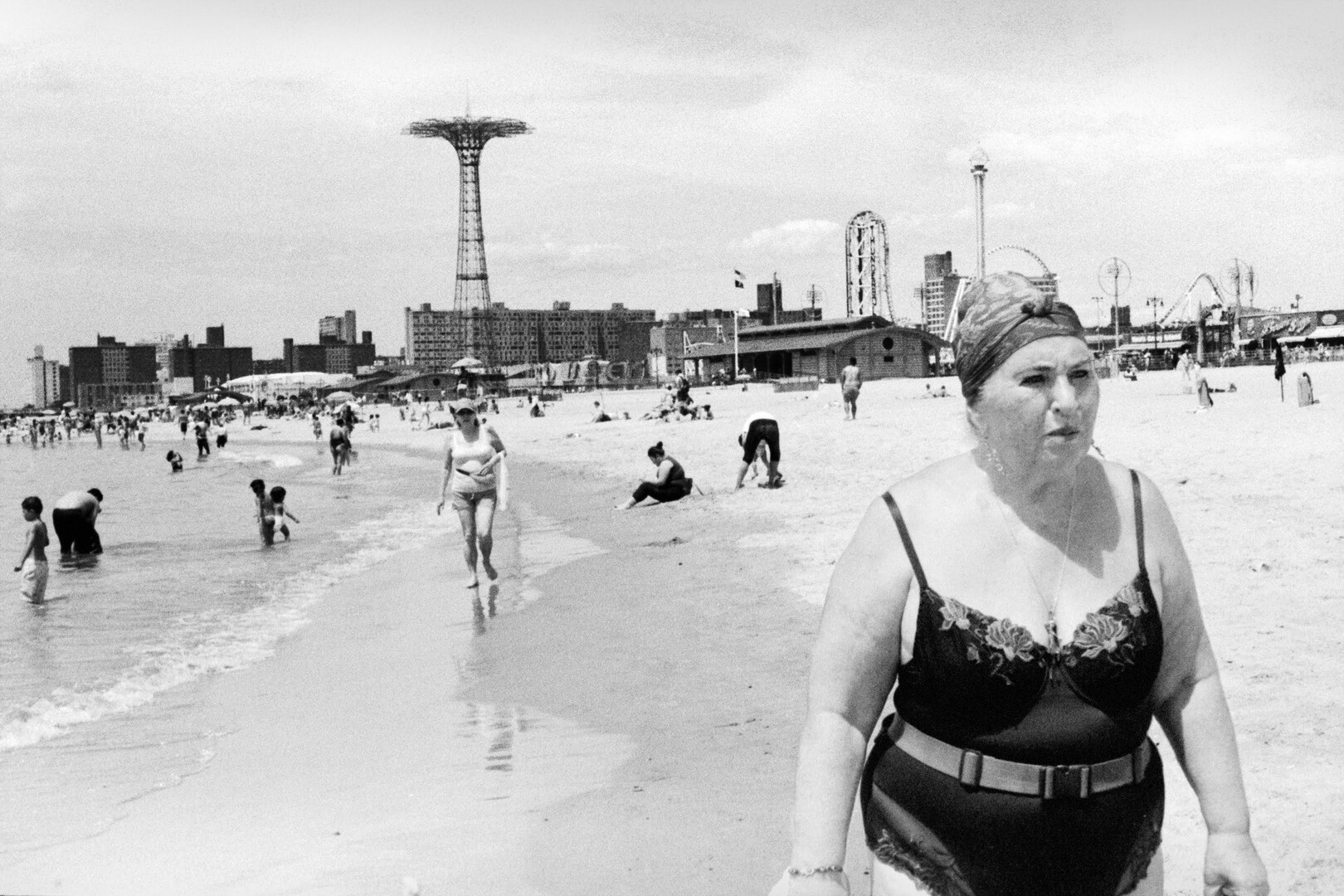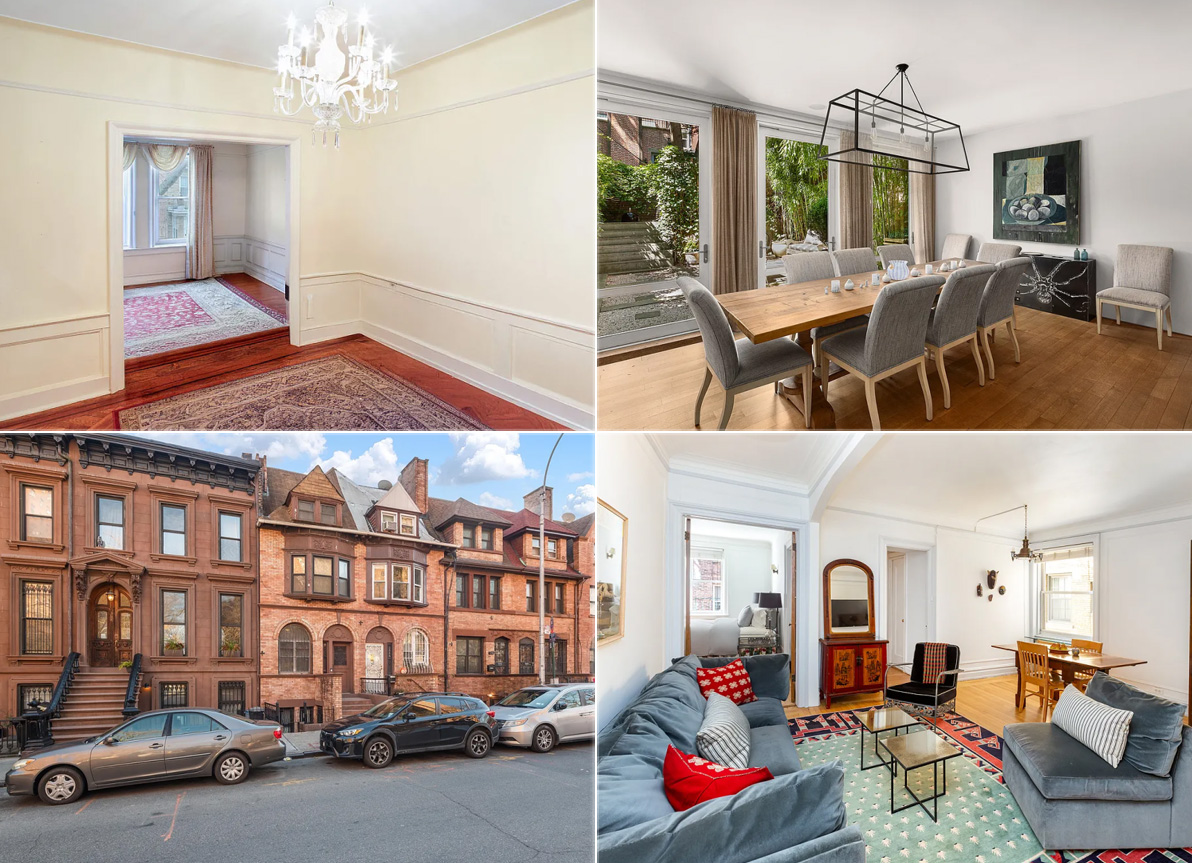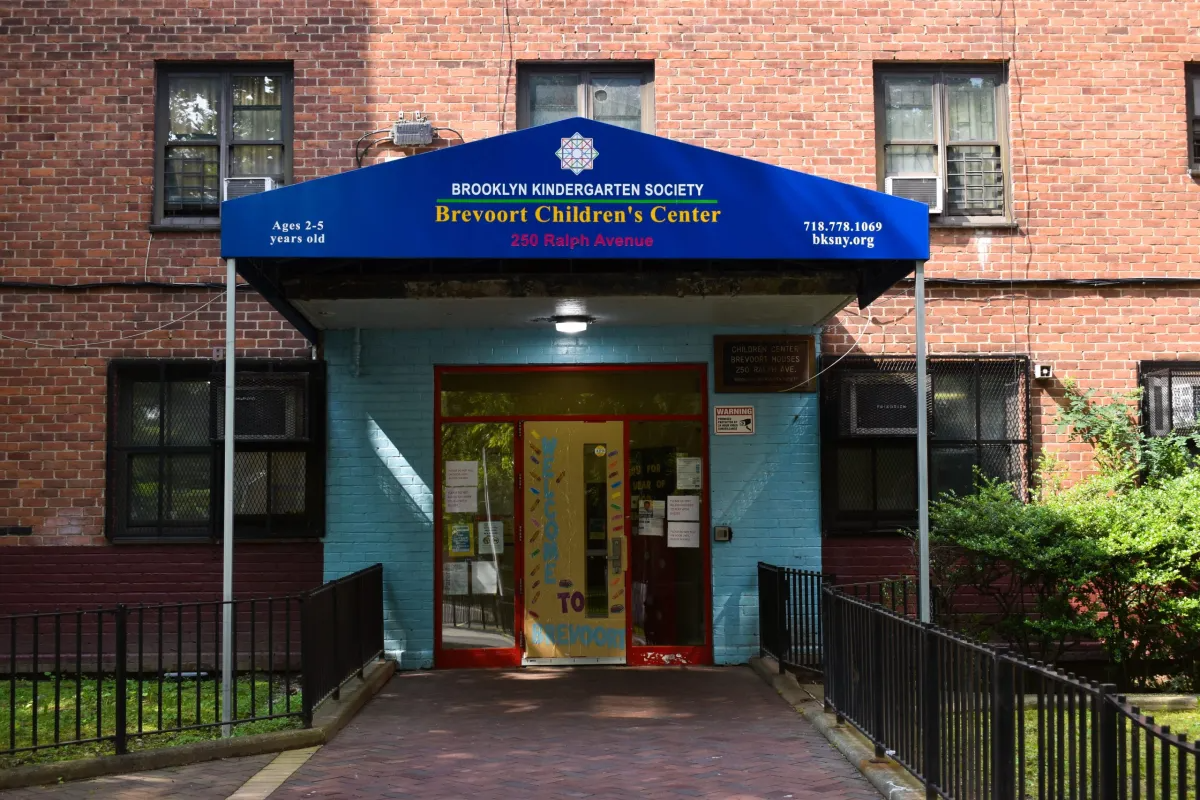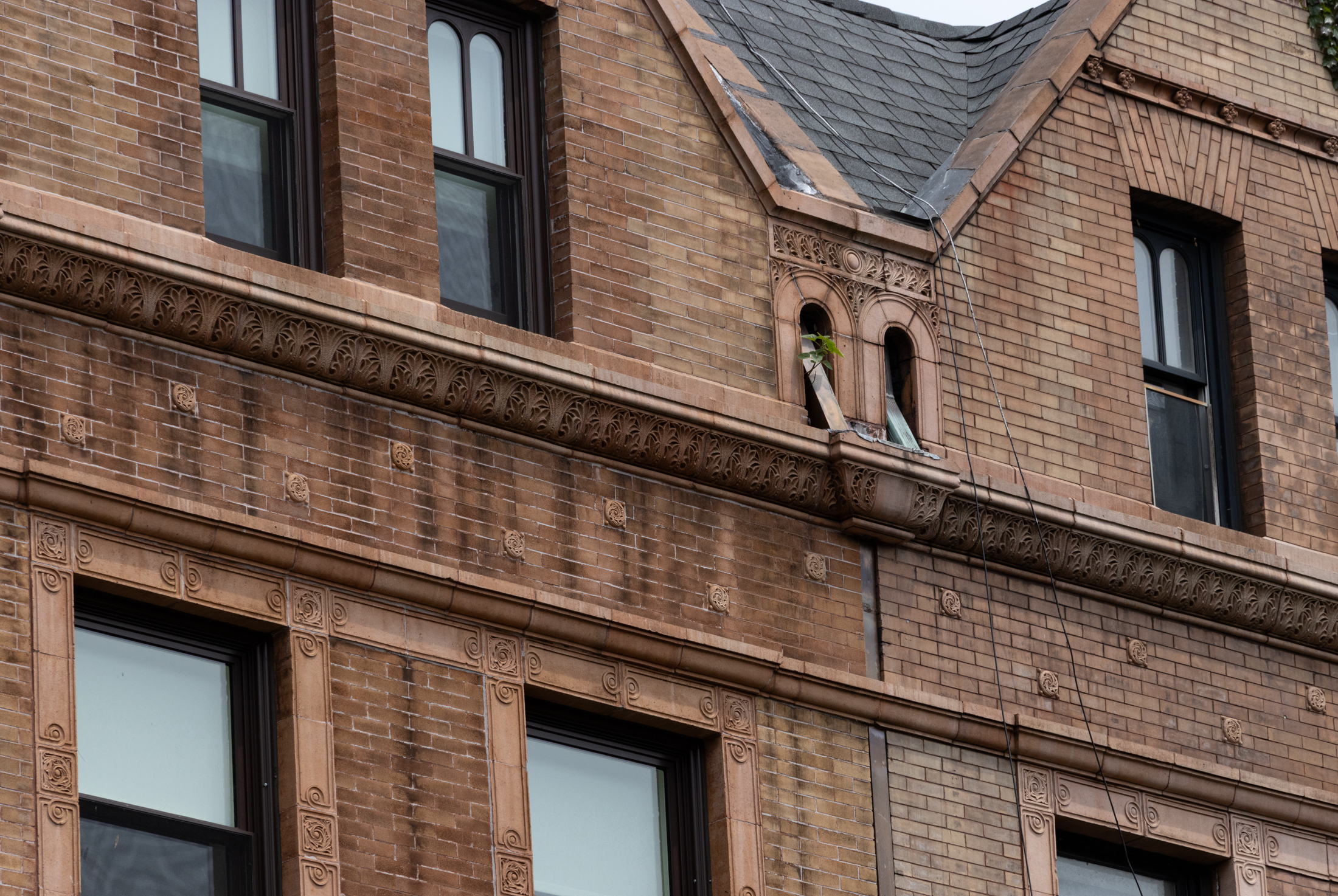From the Forum: Keeping the Basement Dry
Ever since a DEP project to repair a local water main break homeowners have been dealing with flooding in their basement.

Photo by Sourav Mishra
Ever since a DEP project to repair a local water main break homeowners have been dealing with flooding in their basement. The water comes in directly under the stoop any time there is a heavy rain or the hydrants on the block are opened. While DEP has taken a look at the problem they have not come up with a solution or even any advice. How can they find the source of the leak?
Please chime in with your advice.
[forumTopic id=”general-discussion:basement-flooding”]
Need a professional opinion? Try Brownstoner Services, where you can talk to a concierge (it’s free) or browse our community of pros. >>
Related Stories
- Get Advice on Home Renovation and All Things Brooklyn in the Brownstoner Forum
- From the Forum: What Could Be Causing a Tenant’s High Gas Bill?
- From the Forum: What Should a Homeowner Know Before Tackling a Renovation?
Email tips@brownstoner.com with further comments, questions or tips. Follow Brownstoner on Twitter and Instagram, and like us on Facebook.





What's Your Take? Leave a Comment